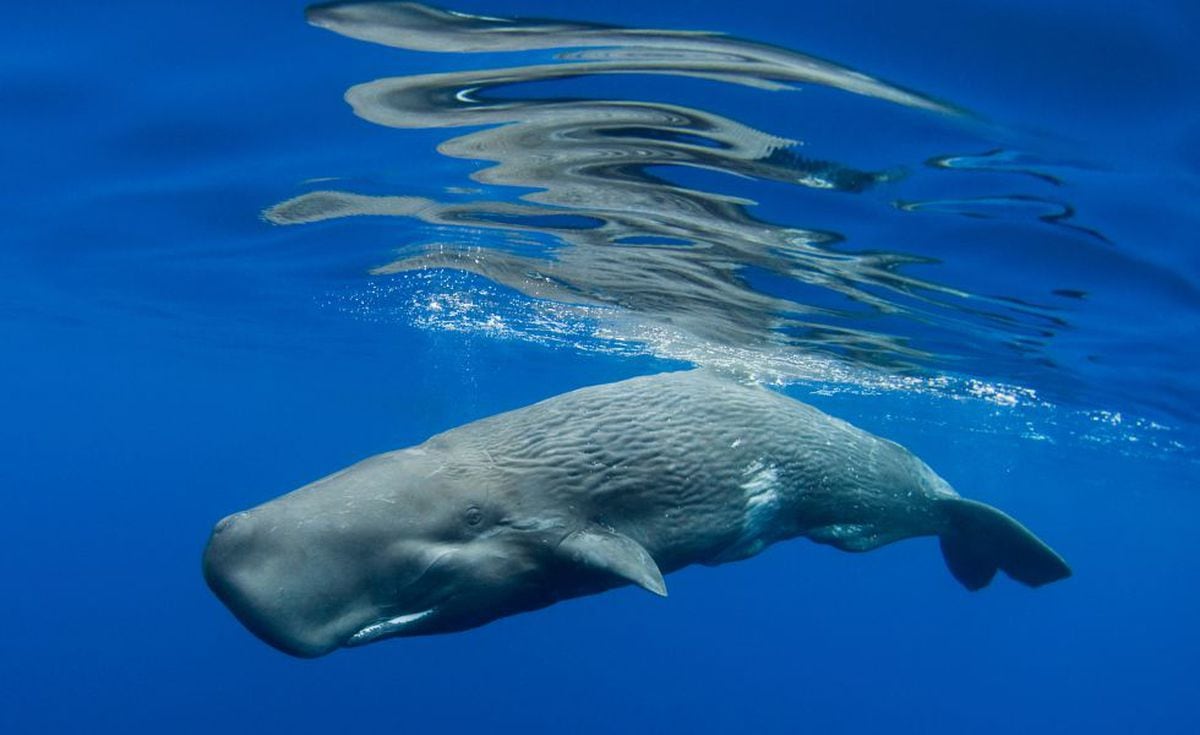After 15 years of formal and informal talks and several failures, the UN intergovernmental conference that was tasked with putting forward a treaty for the protection of marine biodiversity for international waters has managed to close an agreement on the text of this pact in the early this Sunday.
With this step, the representatives of the countries, who have spent 36 hours discussing the latest wording, lay the foundations for the creation of protected areas in waters that do not belong to any country, a pending issue in international environmental legislation for decades. .
This is one of the fundamental points of the agreed treaty, whose final version (with the relevant translations and editions) will have to be validated by the negotiators,
But the treaty already represents an important step forward by establishing the way in which countries should present their proposals for the declaration of these international marine reserves and management plans.
Then, the members that are within the agreement, which will meet periodically, must approve those proposals for protected areas.
In addition, the pact also establishes guidelines so that activities carried out on the high seas have environmental impact assessments.
And it addresses the sharing of benefits from future marine genetic resources, one of the issues that has proven most difficult to agree on in recent years.
When speaking of the high seas or international waters, reference is made to the marine spaces that are not included in the exclusive economic zones of the countries, that is, those that go beyond 200 miles from the coast controlled by the States.
They occupy most of the ocean (64%) and although there are regulations and sectoral entities to regulate some aspects, such as maritime traffic or fishing, there is no international instrument focused on the protection of marine biodiversity.
Without a strong and ambitious treaty, it is practically impossible to meet the objective of protecting 30% of the oceans and land by 2030 (the so-called 30x30 objective).
That was the historic goal that the countries agreed on last December at the Biodiversity Summit in Montreal.
"This agreement will create a coordinated approach to establish marine protected areas on the high seas that will be essential to meet our shared goal of conserving or protecting at least 30% of the world's ocean by 2030," Monica stressed at a telematic press conference on Friday. Medina, US Undersecretary of State for Oceans and Environmental Affairs. "Biodiversity is declining at a catastrophic rate," he warned.
The seas are not immune to threats such as climate change, overfishing, the incipient mining of the seabed and other environmental dangers.
Hence, the need to have an instrument that allows the protection of waters that belong to no one because they belong to everyone.
With a "the ship has reached the coast" the president of the conference, Rena Lee, from Singapore, has suspended the session after 36 hours of negotiations.
As she has explained, the meeting will be reconvened for the final adoption of the agreement.
Although she has not specified the date, she has assured that the text will not be reopened.
Pilar Marcos, one of the Greenpeace specialists who has followed the negotiations, explains that the forecast is for a special session to be held quickly in which the text will be adopted "by vote", not by consensus (a formula that in many cases stalls the pacts in the UN).
“We already know that there will be at least 60 countries,” Marcos explains about the nations that will surely vote in favor of the pact.
Those 60 are the ones who had come together in a coalition to promote this treaty.
Among them are the members of the EU.
The High Seas Alliance, a coalition of 40 NGOs that aims to protect the high seas, applauded the agreement reached this Sunday.
But he has warned that "to ensure that this hard-won progress is not lost", "adoption formalities must be concluded as soon as possible".
Although the mandate for the adoption of this treaty goes back decades, in the last year there have been three attempts to close this complicated text.
This last meeting of the intergovernmental conference has been held between calls to the negotiators to close the text.
“We can no longer ignore the ocean emergency,” warned António Guterres, UN Secretary General, at the end of last week.
"We are leaving here with the ability to create protected areas on the high seas and achieve the ambitious goal of conserving 30% of the ocean by 2030," added Monica Medina from the United States this morning after the agreement adopted.
"Governments have taken an important step that strengthens the legal protection of two thirds of the ocean and with it marine biodiversity, the livelihoods of coastal communities and global food sovereignty," highlighted Gladys Martínez, executive director of the Inter-American Association for Environmental Defense (AIDA).
“
This is a historic day for conservation and a sign that in a divided world, the protection of nature and people can trump geopolitics”, added Laura Meller, from Greenpeace.
You can follow CLIMATE AND ENVIRONMENT on
and
, or sign up here to receive
our weekly newsletter













